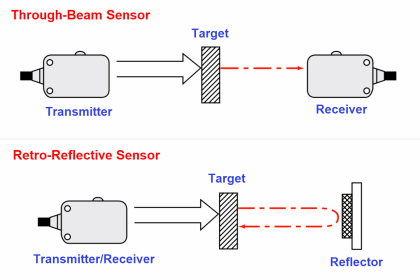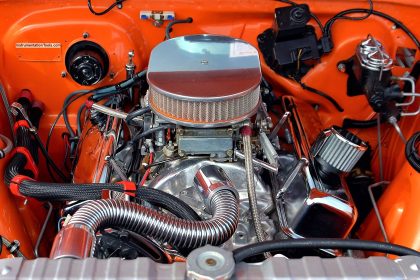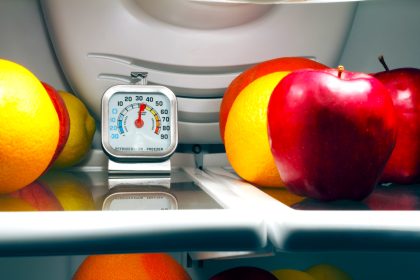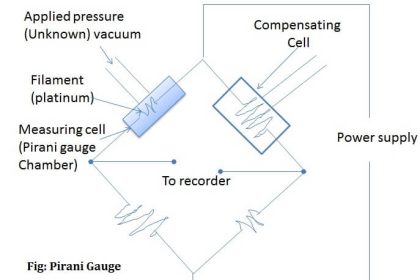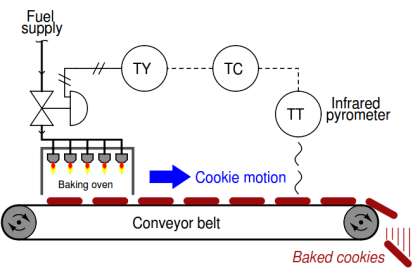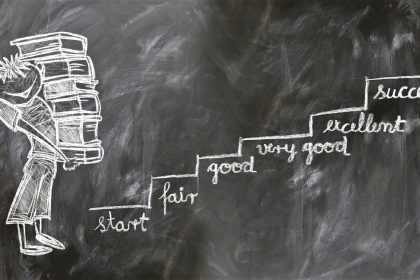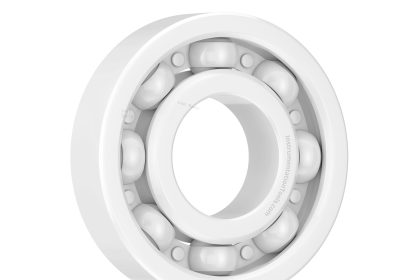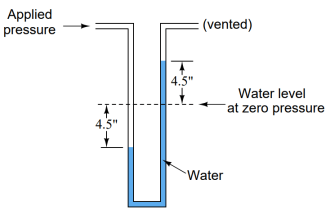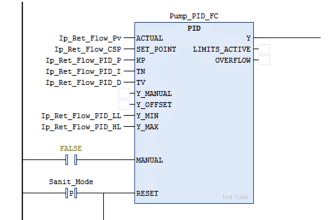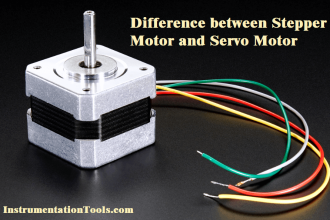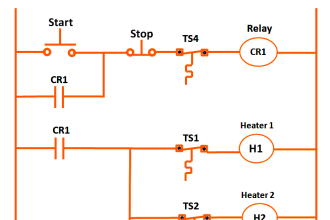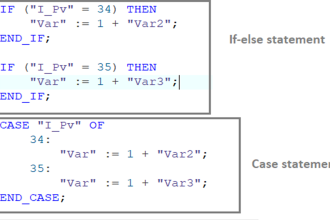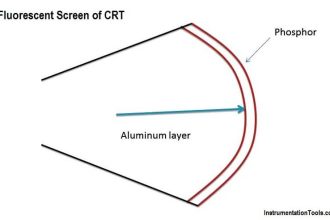In this article, we will learn about Measuring instruments and their need, purpose & types. And we will also discuss about functions of digital measuring instruments and their advantages & disadvantages.
Measuring Instruments
The device that is used for measurement of certain physical quantity is called measuring instrument. These measuring instruments are used in our day-to-day life for the measurement of various quantities like length, weight, temperature, pressure, current, voltage etc.
The instruments indicate the value of the physical quantities, by this we get some understanding and do some activities and take decisions for the process.
The main purpose of this measuring instrument is to measure a physical variable in its units, displays the variable in its units and record the value in its units.
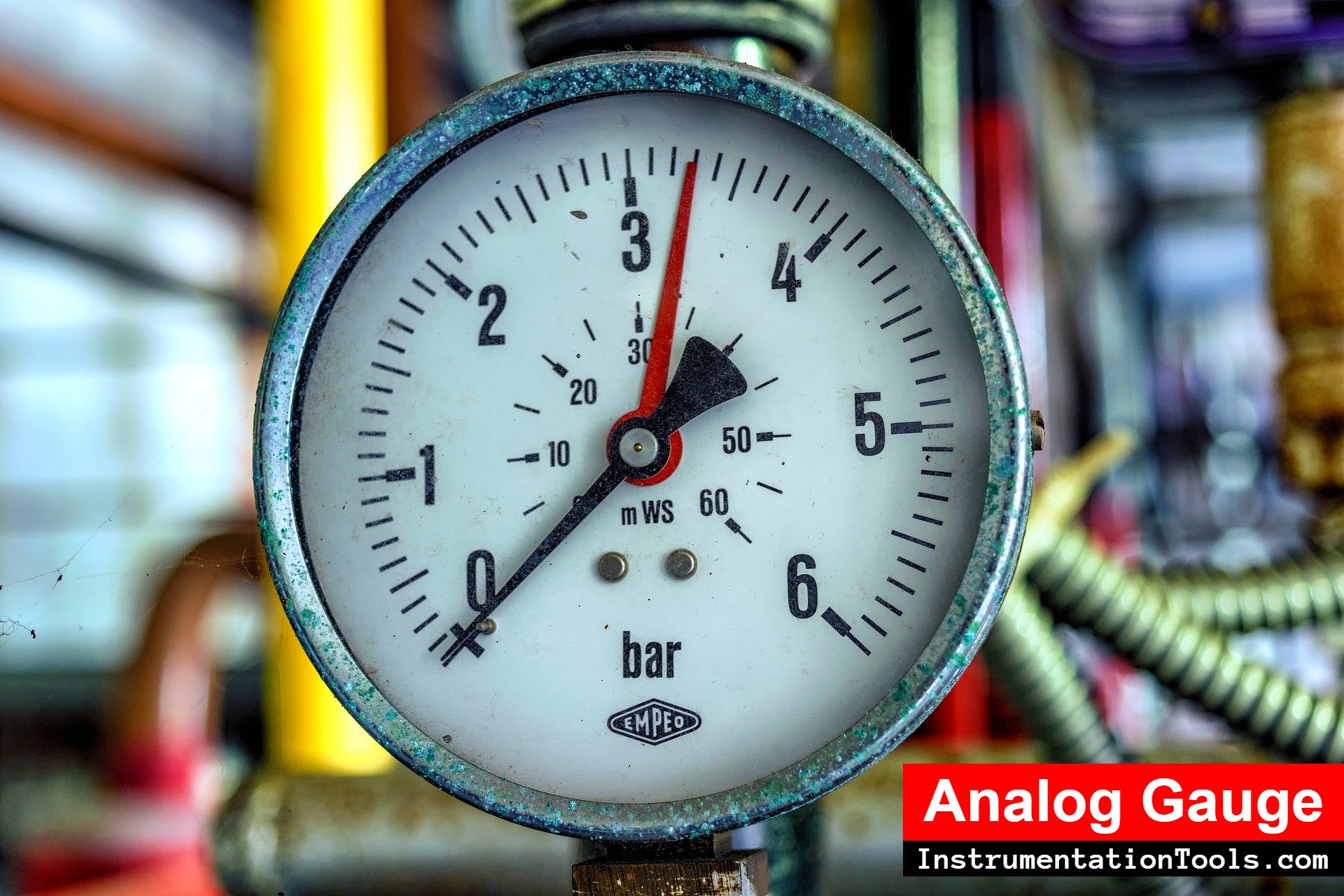
Need for Measuring Instruments
In every engineering aspect exact measurement is an absolute thing for everyone to do precise work. That is the main reason for having a best measuring instrument.
Measurement tools are used to determine various physical quantities and attributes in the physical, chemical and electrical streams.
Nowadays, there are lots of equipment’s are used to complete the task, for analyzing, monitoring, measuring and testing. From smaller workshops to larger industries in every sector measuring instruments plays a vital role in daily activities.
From scale for education to thermometer for medica to vernier caliper for manufacturing to wattmeter for electrical industries measuring instruments were doing a good and important job.
Types of Instruments
Measuring instruments are mainly two types – analog (analogue) and digital.
Analog Instruments
The analogue instruments indicate the magnitude of quantity in the form of pointer movement. We want to measure readings from such instruments since there are certain markings on the scale.
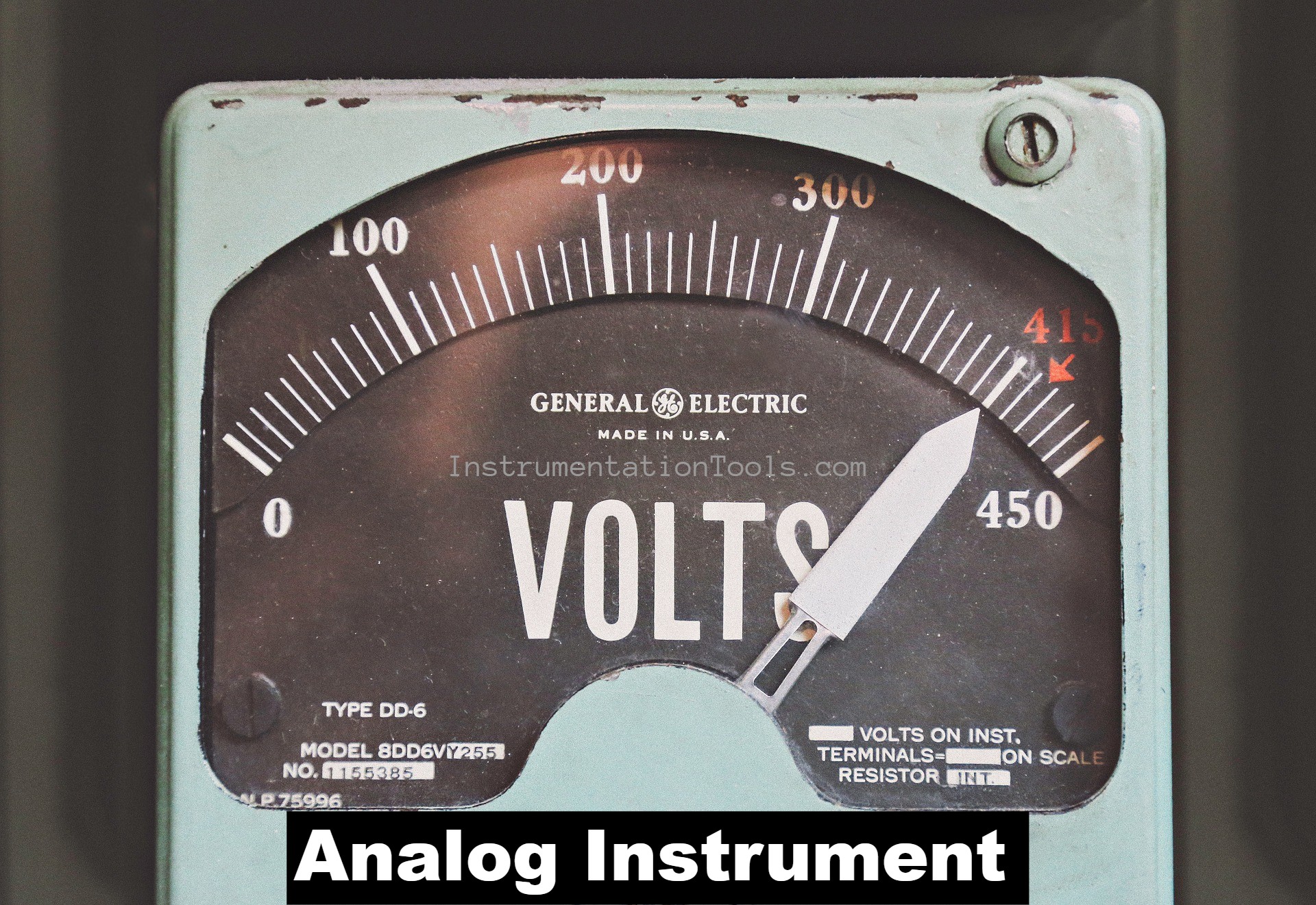
Basically, they indicate the values in whole numbers though one can get the readings up to one or two decimal places by the markings in instruments.
Even though we can measure up to two decimal places it will not accurate or entirely correct. We cannot get completely accurate value every-time in this type because some human error may occur.
Digital Instruments
The digital measuring instruments indicate the measured value in digital format which will be in number with its unit. It is very easy to read compared to analogue instruments.
Anyone can easily measure and note the measured value by these digital instruments because it will indicate the measured value in numerical form. They can give the readings in one or more decimal place.
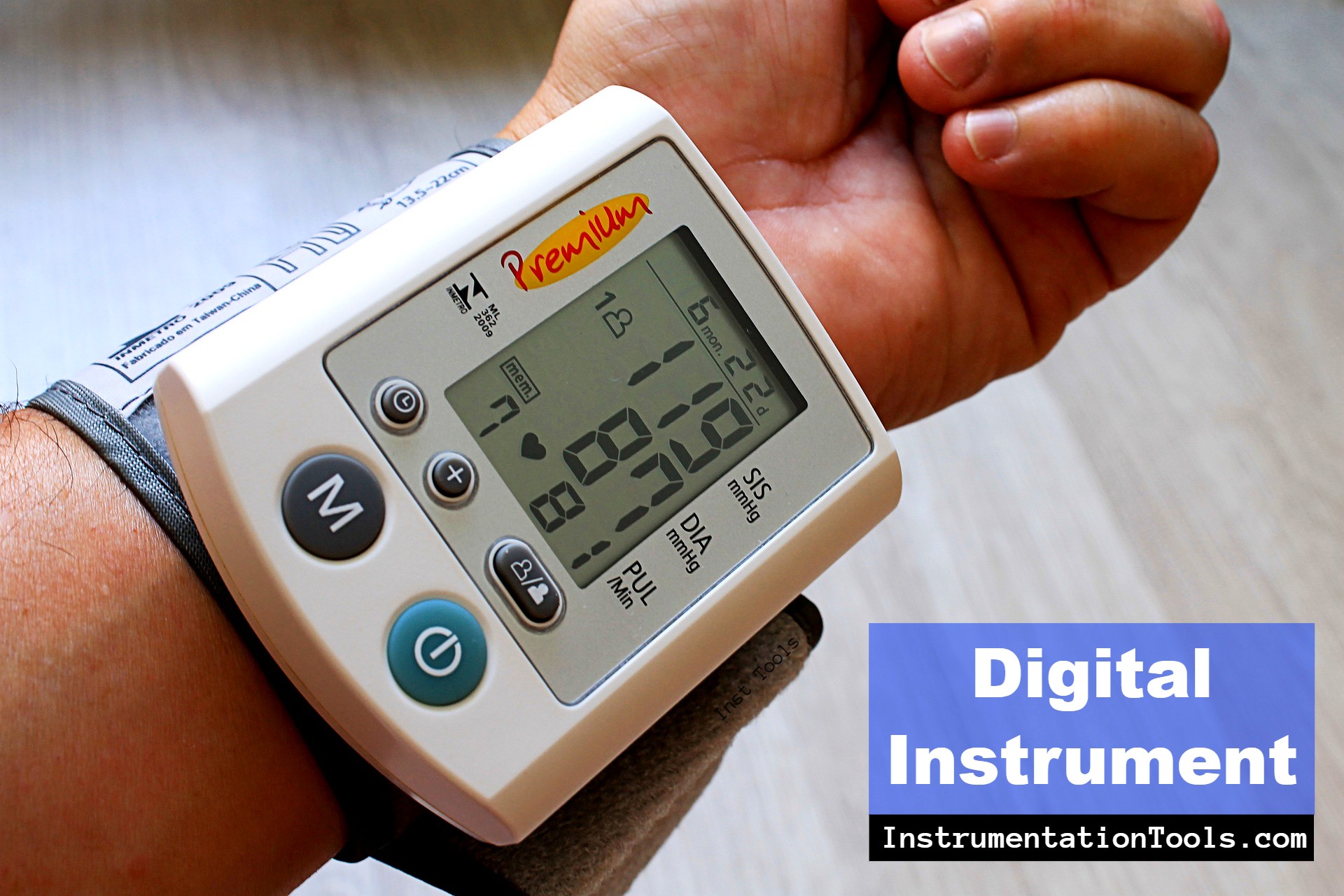
There will be no human error in this type of instruments because it will indicate the value as measured from the function. So the measured value will be more accurate compared to the analogue instrument.
Functions of the Digital Measuring Instruments
Most of the measuring instruments shows the value of parameter in the form of indicator movement, which gives us the magnitude of the quantity being measured.
Here are the some other functions performed by the instruments.
Indicating the Value of the Physical Quantity
The instruments are calibrated against the standard values of the physical quantities. In this pointer movement directly indicates the magnitude of quantity which want to be measured, it can be whole numbers or also fractions.
Nowadays, the digital instruments are becoming popular, which indicate the values directly into numerical form which makes reading values very easy and also more accurate.
Measuring Instruments used as the Controllers
These measuring instruments are used as controller in many industrial applications. They do both measuring and controlling operations at a time in the applications.
For example, in an oven the ammeter will measure the current and it will cut the operations when the certain amps met as it is connected with certain controllers like PLC / PID . So in many applications this measuring instruments can measure the physical quantities and also controls the operations.
Recording the Data
Some measuring instruments are used to store and record the data nowadays. In the age of technology storing the recorded data is very easy. There are number of instruments that are connected to the computers with the help of controllers.
As the pointer varies that will makes changes in the record also. For example, the ammeter in oven is connected with PLC for controlling the operations, PLC was interfaced with computer for analyzing.
So the current value will recorded in computer, all the accurate details will be recorded. Like time, date, amps all data will be stored and recorded.
The best use of recording is we can analyze all the historic records which will help to monitor the past operations, conditions and all trends.
Transmitting the Data
These measuring instruments can also be used to transfer the data to some distant areas. In some applications the instruments are need to kept in hazard place or in place humans can’t able to withstand.
Like high temperature area and low atmospheric area, in that place’s instruments are connected by wires and their output can be taken to distant places where it is safe for user.
The signal obtained from the instruments can be used to display the measured value and also, we can control the operations even we can store the data.
Do Calculations
Some measuring instruments can also carry out a number of calculations like addition, subtraction, multiplication, division etc., Some can also be used to find solutions to highly complex solutions by the value indicating on the instruments.
All other mathematical derivations were derived already for the required operations depends on the indicating variable the results obtained in the operation may vary.
Digital Electrical Measuring Instruments
Some of the digital electrical measuring instruments are mentioned as follows.
| Instrument Name | Purpose |
|---|---|
| Ammeter | Measures Current |
| Capacitance meter | Measures capacitance of a component |
| Cos Phi meter | Measures the power factor |
| Power meter | Measures the amount of energy dissipated |
| Frequency Counter | Measures the frequency of the current |
| LCR meter | Measures the inductance, capacitance, and resistance of a component |
| Microwave power meter | Measures power at microwave frequencies |
| Multimeter | General Purpose instrument measures voltage, current, and resistance |
| Network Analyzer | Measures network parameter |
| Ohmmeter | Measures resistance of a component |
| Oscilloscope | Displays waveform of a signal |
| Psophometer | Measures AF signal level and noise |
| Q meter | Measures Q factor of the RF Circuits |
| Signal Generator | Generates signals for testing purposes |
| Spectrum analyzer | Display frequency spectrum |
| Transistor Tester | Tests Transistors |
| Wattmeter | Measures electrical energy |
| Vectorscope | Displays the phase of the colors in color TV |
| Voltmeter | Measures the potential difference between two points in a circuit |
Nowadays all the sectors are using the digital instruments, the trend for the digital instruments were growing day by day to measure the physical quantities like weight, length, temperature, humidity, pressure, current, voltage & rpm.
Even for measuring the human heart beat rate, blood pressure, blood sugar level digital measuring instruments are mostly. Since these instruments has evolving there was certain advantage and disadvantage also.
Advantages of using Digital Instruments
The following are the advantages of digital measuring instruments.
- Measured readings are very easy to read.
- Readings are more accurate than analog instruments
- Human error is very less
- The data from the instrument can be recorded for future reference
- The output of the digital devices can be obtained from the computer.
Disadvantages of using Digital Instruments
The following are the disadvantages of digital measuring instruments.
- They show some erratic values sometimes due to faulty electronic circuit or damaged display.
- Because of high humidity and corrosive atmosphere, the internal parts may get damaged, it will show faulty values.
- Even though there is no measurable parameter is applied, it will show readings on instrument.
Thus, advantage of digital instruments outdoes the disadvantages so they become highly popular nowadays. Digital instruments are found in all manufacturing field, quality field and these instruments also found in the cars, air planes, motor cycles.
The trend towards digital instruments were developing everyday because they are convenient to use and have visual appeal. In future their use is sure to increase much more.

